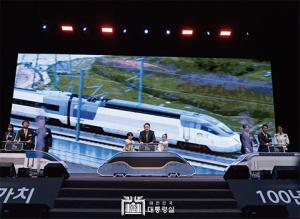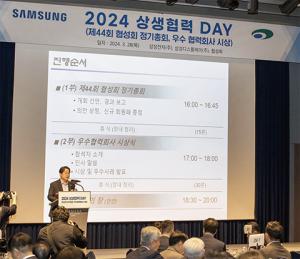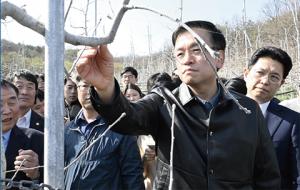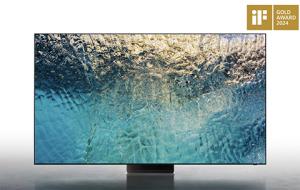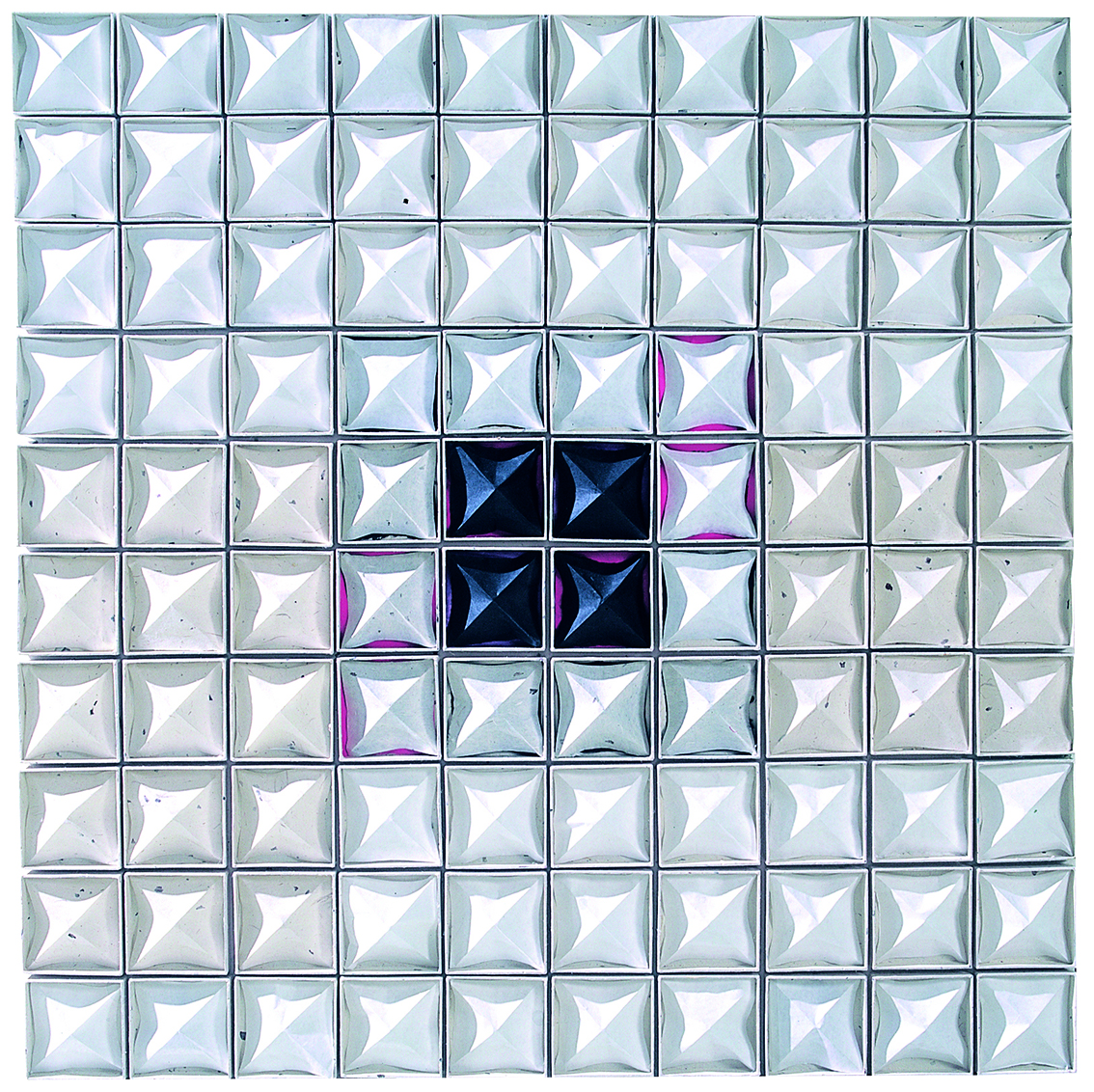
보는 것과 보이는 것
유준상 미술평론가 / 서울시립미술관 관장
회화를 한 마디로 요약하면, 눈의 예술 곧 보는 예술이라고 말할 수 있다. 그래서 시각예술이라고도 부른다. 눈에 보이는 것이기 때문이다. 보는 것은 보이는 것이 있기 때문에 보인다. 그러니까 회화는 눈에 보이게 그리고 칠하여서 만든 시각적인 장치라고 하겠다. 이처럼 볼 수 있게끔 보이는 것으로서의 장치를 만들어온 게 미술의 역사였다.
세잔느의 회화를 눈으로 본 J.카스케는 세잔느의 회화를 “가장 신비적이며 존재의 뿌리 그 자체적인 감각이 감지할 수 없는 원천과 얽혀있다”고 말한 바 있다. 이러한 세잔느의 근대감각은 이후의 작가들에게 막중한 영향을 미쳤던 것이며, 회화의 존립 형식에 대한 원천적인 문제로부터 회화 형식에 관한 문제가 그 발생적인 단계로 환원되었던 것이다. 이러한 후예들의 한 사람이 여기 소개하는 ‘백원선’이다.
주지하는 대로 보는 것을 보이는 것처럼 재현한 회화의 마지막 양식이 인상파 미술이었다. 그리고 이러한 시각적인 특권에 반기를 들었던 게 표현주의였다. 눈으로 보는 리얼리티보다도 마음으로 느끼는 리얼리티, 곧 생명의 흔적을 직제적으로 화면에 표현한다는 게 이들의 미학이었다. 말하자면 눈의 리얼리티를 보이는 것처럼 재현한 것이 아니라 마음의 눈으로 느껴진 것을 느껴진 대로 직제적으로 표현한다는 게 이들의 미학이었다. 그간의 백원선은 이러한 유형의 작품으로 일관해 왔다. 1994년에 발표한 개인전이 이것을 말해주고 있다. 어떤 내용을 그림으로 묘사하는 게 아니라 표현 그 자체를 중시한다는 게 이 무렵의 그의 입장이었다.
어떤 내용을 그림으로 말한다는 것을 미술용어로 ‘시니휘에(signifer)라고 하며, 표현 그 자체를 중시하는 것을 ’시니휘앙(sginifiant)으로 유별한다는 건 주지하는 대로이다. 전자는 개념적인 입장이라면 후자는 형상적인 것을 말한다. 이것을 철학적으로 말하면 ‘애이도스(eidos’- 그리스 철학에서 形相)라고 하는데 이 어원은 ‘닮았다’는 것을 의미한다. 한편 이 ‘닮았다’는 '相異性' 문제야말로 미술사의 기본과제인 거며 우리들이 무엇을 인식하는, 인식의 구조를 발생학적으로 소급시키는 문제라고 하겠다.
그림은 어디까지나 그림 그 자체로서의 존재 이유가 있다. 우리들이 무엇을 본다는 것은 그 자체를 보는 경우보다 어떤 무엇과 ‘닮은 것’을 보는 게 관계로 되어 있다. 이처럼 어떤 무엇하고도 ‘닮은 것’이 없는 그림을 우리는 통념적으로 추상화라고 부르는데, 이 추상화라는 말은 개념적이지 않다는 뜻이 잠재한다. 따라서 개념적이지 않기 때문에 추상화는 모른다고 말한다. 그러나 애이도스(eidos')의 어원은 ‘본다’는 말에서 나왔으며, 개념적인 것과 형상적인 것을 함축하는 뜻인 것이었다. 오늘처럼 보는 것과 아는 것 곧 개념과 형상이 유별되는 건 지난날의 관례가 그렇다는 것이며 처음부터 우리의 인식구조가 그처럼 유별되었다는 게 아니다. 현대 회화의 두드러지는 특징인 추상표현을 이러한 관계를 발생적 인식의 근원으로 회귀시킨다는 급진적인 역사관으로부터 비롯된 것이었다.
이러한 시대적인 흐름에 함께 떠 흐르던 백원선의 근작은 전혀 예기치 않던 작품을 보여주고 있다. 1994년의 발표회는 그리는 주체의 직제적인 행위의 흔적을 보여준 ‘보여주는 것’인데 비해 이번 발표회서는‘보이는 것’을 보여준다고 비유해 볼 수 있다. 그것은 보는 주체의 시각인지의 구조적 내용이 아니라 회화 그 자체를 구성하는 물리적 구조로부터 회화의 구조를 검증한다는 입장이다. 회화란 따지고 보면 면(面)의 예술이며 이러한 면이라는 단층의 구조가 회화의 형식을 구성하는 ‘보이는 것’이었다. 이처럼 보이는 것을 보는 것의 임장에서가 아니라 그 형식의 구조로부터 발생적으로 추적한다는 게 이번 발표회에서 시도하려는 그의 의도라고 하겠다.
게스탈트(Grstalt) 형태관(形態觀)이 줄곧 추구해온 사방형의 패턴과 그 인식 유형이 현재의 백원선의 최대 관심사이다. 이것은 지극히 어려운 작업이다. 그것은 인간 이전의 우주적인 과제일 수도 있으며, 왜 인간은 그의 우주관을 ‘사방형’의 면으로 그 인식을 구조했는가의 신통기(神統期)의 차원으로 소급시킬 수 있기 때문이다. 이제까지 자신의 신체에 예술을 위탁하여 행위의 흔적을 통해 회화의 소재를 확인하려던 그 풋풋하고 싱그러운 그러나 외로운 오아시스의 체온을 버리고, 왜 저 황막한 지적인 사막으로 나서려는 건지.......
<1996. 5. 17 ~ 26, 갤러리이콘, 1996. 5. 21 ~ 26, 서울갤러리에서의 개인전 서문>
[A CONTRIBUTION TO PAEK, WON-SUN'S INDIVIDUAL ART EXHIBITION]
by Yoo, Joon-Sang
Art Critic
The Things to See and to be seen :
Summing up in a word, painting is a visual arts, that is to say it is an ares to see. Therefore, in this connection, painting is called as a visual arts. Because it is offered to the eyes of the viewers. And, it is because of the faot that the things to see is also the things to be seen. In this regard, a painting is created to be seen and is painted to become a visual object. And, the very objects created to be seen and their serial creative traces have complied an art history. J. Caske who happened to see the art piece of cezanne commented, "They are extremely mystic and are delicately entangled with source which even cannot be perceived by sensibility such as this has had influenced immensaly upon the later coming artists, and thus the issues related to painting style were returned to the stage of origination from the original issues related to the existence style of painting. And, one of the descendants of the painting style is artist Paek, Won-Sun being introduced in this contribution.
As widely known, the final style of art which represented the object of painting to be seen from the aspect of to see was the impressionist art. And, the style of art which revelled against the visual privilege was the Bohenist.
Their very aesthetics was to pursue the reality to be perceived by mind rather than by visual sence, that is to say that it was represented on the canvas in a manner of straightforwardness of the traces of life. In other word, its representation was not based on the way to see the reality by eyes, but it was represented genuinely in a way to be seen by the eye of mind as a realm of aesthetics. Paek. Won-Sun has consistently stuck on the similar art style. And, the particular painting style of his was clearly verified at his 1994 individual exhibition. His artiatic standpoint at around that time was to place more emphasis on the artistic expression itself than a mere delineation of the contents of a subject matter. To transform a content into a painting is described in the art terms as 'signifier' and attaching importance to the artistic expression itself is 'significant' as well known by all. If the former was on the conceptiv standpoint, the latter will be of shape. Philosophically explaining, this is defined as 'aidos' which is meaning 'similar looking'. And, the issues of 'similarity' has been the basic theme in the art history, which can be defined as an issue of retroaction the structure of our conception embryologically. A painting has its own reaon of existence. Seeing something is much more closely related to something of 'similarity' than merely seeing a painting object. Therefore, the objects thoroughly unlike anything is called as an abstract painting. The 'abstract painting' has a potential meaning of not conceptive. In this respect, as it is not conceptive, most viewers are not well aware of an 'abstract painting'. However, the etymology of 'aidos' is derived from the word, 'seeing' which is combined with the elements of 'conseptive' and 'of shape'. The reason for the difference in definition of 'seeing' and 'knowing' as today largely due to the past practices, and they were not differentiated the beginning. The abstract expression which is the characteristics of modern art has been derived from the rapid view of history to retroact these precedents to the source of the embryological conception.
The recent works of Paek. Won-Sun which followed the current of times have demonstrated before us as an expremely different and unexpectant form. Compared with his works exhibited at his exhibition in 1994 were vidily displayed the straightforward traces of art activity with the subject matters, the surrent exhibition is said to be introduction of something 'to be seen'. It is the process of verification of the stucture of painting from the physical structure composing a painting itself rather than the visual contents of structure of the subjectivity. A painting, to the details, is an art of plan, and the structure of fault, a plan, become something 'to be seen' that composes a painting style. Therefore, Baek's prime intention in this exhibition was based on the retroacting embryologically from the structure of 'style' rather than from the standpoint of 'to see' something 'to be seen'. The prime mattar of concern of Paek, Won-Sun at present are the square pattern and its conceptive similarity being consistently pursued by the view of shape of Gestart. This is an expremely difficult work. This may be a universal theme apart from human affairs, that is because that it is possible to retroact to a quite new motive dimension with the reason why mankind structured his conception into a paln of 'square form; for his view of universe.
The writer is quite puzzled to find him forwarding toward the dismal desert of intellect by totally giving up the fresh and vital but lonely temperature of oasis in a way to pursue and confirm the subject matters of his painting along the traces of activity with entrusting his arts upon the body until shortly ago.
한지의 禪- 단아한 조형의 묘미
한지는 자연이다. 우리고유의 한지는 안과 밖을 소통시키며, 호흡하고 있다. 고된 노동과 거친 손맛 속에서 명주보다 부드러운 순지를 희로애락의 흐린 추억만 조금씩 남기며, 감추어야할 일들은 흔적이 보이지 않을 때까지 바르며 겹겹이 바른 종이를 마음이 가는 대로 찢어 낸다. 찢겨진 상처를 어루만지며 화면 위를 또 중첩해서 가리면서 인물, 동물, 자연의 이미지를 음각으로 표현하고, 다른 부제들은 양각으로 표현한다. 겹쳐진 한지의 흔적들은 옛 여인들의 속옷과 속살이 비치는 모시깨끼 적삼같은 느낌을 표현한다. 나의 작품은 옛 여인들의 자수(刺繡)와 복식(服飾), 규방(閨房) 문화에서 축출하며 규방문화를 접하고 보면 인위적이지 않는 소박함과 단아함, 그 순수한 조형의 묘미를 현대회화에 접목하여, 가림과 노출, 채움과 비움의 대비를 통하여 자연의 질서에 순응하는 미세한 ‘떨림’을 어울림으로 이끌어 느껴보며 절제된 내면세계를 표현한다. 우리의 전통 복식은 민족의 신체의 장단점을 가림과 노출의 미학으로 절묘하게 조화시킨, 뛰어난 의복이며 옷은 사람의 신분, 품위 더 나아가 과학에 이르기까지, 아름다움의 극치를 보여주는 미학이었다. 닥나무의 자연 그대로의 흰색(素), 한지, 명주, 삼배, 무명, 백자의 품격 있는 흰색에 이르기까지 각기의 느낌의 차이를 표현하며 우리의 전통 한지와 함께 현대예술가 존 케이지의 ‘침묵의 소리’처럼 끊임없는 항해를 하고 있다. 한지와 禪, 그 침묵은 어디가 끝일지.......?
Artist's Commentary
Paek, Won-Sun
Korean paper is nature.
The paper makes the inside and outside communicate with each other
And breathe together. Through hard labor and strenuous handwork.
Sheet by sheet, I layer the pure paper, softer than silk.
Until no trace of what lies beneath can be seen.
Then following feelings, I tear out layers of the paper freely.
Tending to that torn wound, layering the paper again and again,
The images of the most modern characters or animals are expressed as intaglio or relief, Overlapped fragments of the Korean paper evoke a feeling similar to the mood aroused by the Korean rami jacket, Delicately handwoven. with seemingly invisible inner seams that simultaneously Revealed and veiled the skin and undergarments of the female.
My works of art originate from the traditional domestic culture of Korean women's handcrafted artifacts, embroidery, and fashion.
That culture is characterized by modesty and simplicity.
I combine the beauty of its authentic designs with modern art.
Through the contrast of the veiling and the exposing of the filling and the vacating, With feeling the subtle difference that emerges from fluctuation in the order of nature I express a more controlled inner world, With the grace and artistry of its contours and shapes,
Traditional Korean fashion exquisitely harmonizes The strong and weak physical points of the Korean people Through the art of veiling and exposing. It is a science that is Reflecting the personality, dignity, and well-being of the people.
I created my artistic style through expressing the minute yet beautiful differences
between
The various white shades of Korean paper, mulberry paper, cotton cloth, and linen cloth, using the glorious Korean paper:
"Whereas silk lasts for only one hundred years, paper lasts for a thousand years."
Translation by Joontaek Park and Carol A. Steen


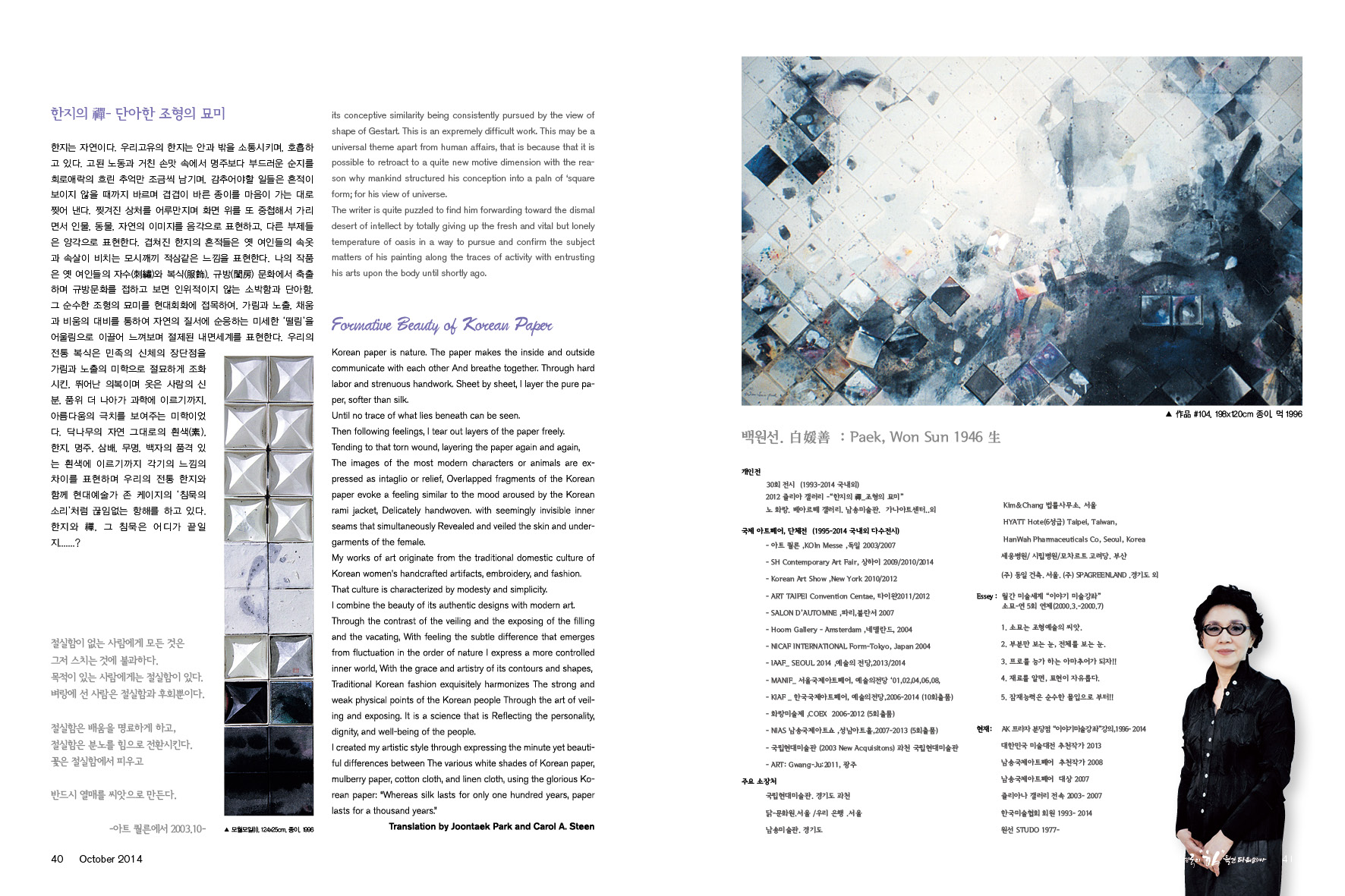
=======================================================================================
오는 12월 (2014.12.-16) 닷새간 '라틴아메리카展'이 예술의 전당에서 열린다. 40명의 라틴계 작가들이 모이는 이 잔치에 한국인 작가로는 유일하게 백원선 작가의 작품들이 전시된다. 특히 그의 1996년 작들이 다시금 세상의 빛을 보게 되는 이번 전시에서는 '보는 것과 보이는 것'의 경계에서 자신만의 분명한 색체를 가감 없이 표출한 '백원선'만의 작품세계를 확인할 수 있을 것이다.
1990년대, 대중적이고 진부한 평면 작업들이 만연할 때, ‘구조적인(stuctural)口종이상자시리즈’로 그 틀을 과감하게 깨부순 이가 바로 백원선 작가였다. 당시 미술계에는 우려의 목소리가 높았고 작품에 대한 이해를 설득하는 과정은 녹록치 않았다. 그의 작품은 그렇게 세상의 편견에 묻혀 지는 듯 했다. 그러나 20여 년이 지난 지금, 그의 작품들은 묵은 먼지를 털어내고 비상을 꿈꾸고 있다. 일일이 접어 붙인 한지상자들은 올곧은 선비정신을 표현하는 데 부족함이 없었다.
'멈춤은 겸손으로부터 기인한다.'
2년 뒤, 그는 철학적이고 보다 더 한국적인 'Karma-球(volume)작품들을 시도한다. 2000년부터는 세계적인 미술시장 퀄른아트페어라는 큰 국제무대에 서며 스스로의 한계와 더불어 가능성을 확인, 많은 것을 보고 경험하며 백원선만의 작품세계를 완성도 있게 그려 나갔다.
“멈춤-Pause은 곧 겸손이며 겸손은 사람을 멈추게 한다.”
Art Cologne(독일), Shanghai Contemporary, Art Taipei, New York 등 세계적인 국제아트페어에서 우리 고유의 ‘한지’의 진면목을 선보이며 국제적으로 주목받은 그는 비구상에서 다시 구상으로 넘어가는 과도기를 앓으며 '멈춤 시리즈'를 탄생 시켰다. 겹겹이 바른 종이 위로 닥나무를 찢어 올리고 자연의 이미지를 음각으로, 다른 부제들은 양각으로 표현하며 자신만의 입체적인 작품들을 탄생시키고 있는 그는 깊고 따뜻한 우리의 정서를 담고 있는 한지 위로 묵직하게 떨어진 먹의 형상을 통해 우리의 한을 표출하기도 하고, 보일 듯 말듯 한 바탕으로 모시적삼 안에 감추어진 여성성을 나타내기도 한다. 가림과 노출, 채움과 비움의 대비를 통해 절제된 내면세계를 표출하며 한지의 소박함과 단아함을 현대회화에 적절히 접목, 어울림의 미학을 단적으로 보여주고 있는 것이다.
대중의 이해만을 바라며 머물러 있기 보다는 작품성 있는 '작품'으로 세상에 당당히 맞섰던 백원선 작가. 그의 이번 전시는 과거로부터의 회귀가 아닌, 미래를 향한 새로운 도약의 발판이 될 것이다.
절실함이 없는 사람에게 모든 것은 그저 스치는 것에 불과하다.
목적이 있는 사람에게는 절실함이 있다.
벼랑에 선 사람은 절실함과 후회뿐이다.
절실함은 배움을 명료하게 하고,
절실함은 분노를 힘으로 전환시킨다.
꽃은 절실함에서 피우고
반드시 열매를 씨앗으로 만든다. -해외 국제 아트페어에서 2003.10-
진경호

